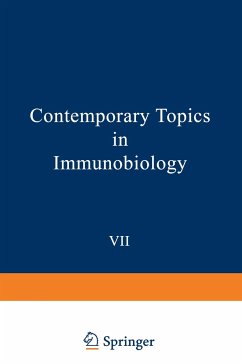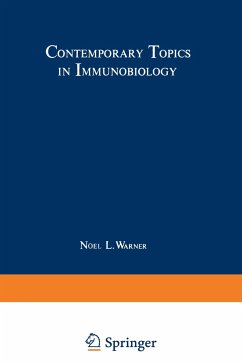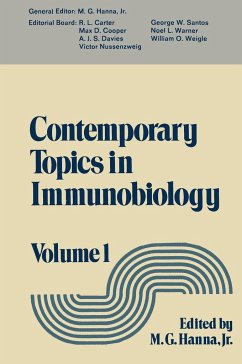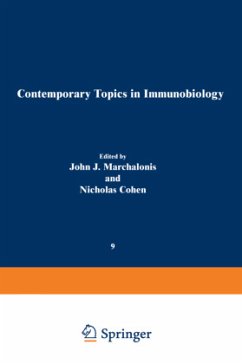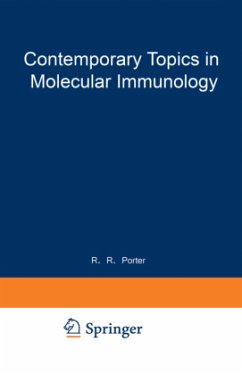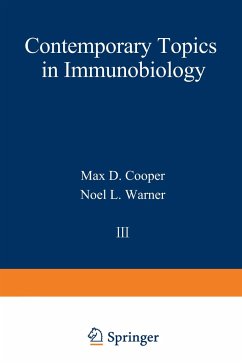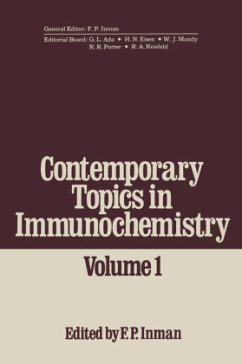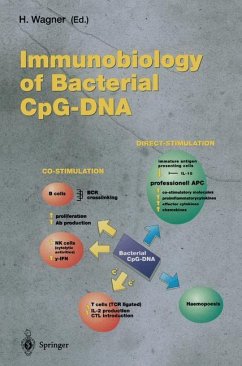
Contemporary Topics in Immunobiology
Immunobiology of Oncogenic Viruses
Herausgegeben: Hanna, Michael

PAYBACK Punkte
20 °P sammeln!
It has long been suspected, and recently confirmed, that there is an etiologic relationship between several viruses and naturally occurring neoplasias. Virus precursors in the form of nucleic acids or antigens have consistently been associated with certain neoplasias. However, the role of these virus-specified precursors in etiology remains obscure. Recent studies of virus-associated neo plasias have led to advances in molecular techniques, which have yielded increas ingly sensitive assays for detection of virus-specific nucleic acids, and which have enabled the disruption of virus particles w...
It has long been suspected, and recently confirmed, that there is an etiologic relationship between several viruses and naturally occurring neoplasias. Virus precursors in the form of nucleic acids or antigens have consistently been associated with certain neoplasias. However, the role of these virus-specified precursors in etiology remains obscure. Recent studies of virus-associated neo plasias have led to advances in molecular techniques, which have yielded increas ingly sensitive assays for detection of virus-specific nucleic acids, and which have enabled the disruption of virus particles without concomitant loss in antigenicity of the components. These procedures have, in turn, resulted in molecular probes that allow more definitive evaluation of the host response to its virus and to the tumor cell with which the virus or its precursors are associated. Evaluations of the immune response and status of the host have provided important informa tion about carcinogenesis and the tools for seroepidemiological studies of a variety of cancers. These seroepidemiological studies have demonstrated that several human cancers, e. g. , Burkitt's lymphoma and nasopharyngeal carcinoma, are probably virus-induced, and that antibodies that are diagnostic and prog nostic for these diseases are detectable. The conclusion that feline leukemia is a disease transmitted horizontally by a virus resulted primarily from immunologi cal experiments.



